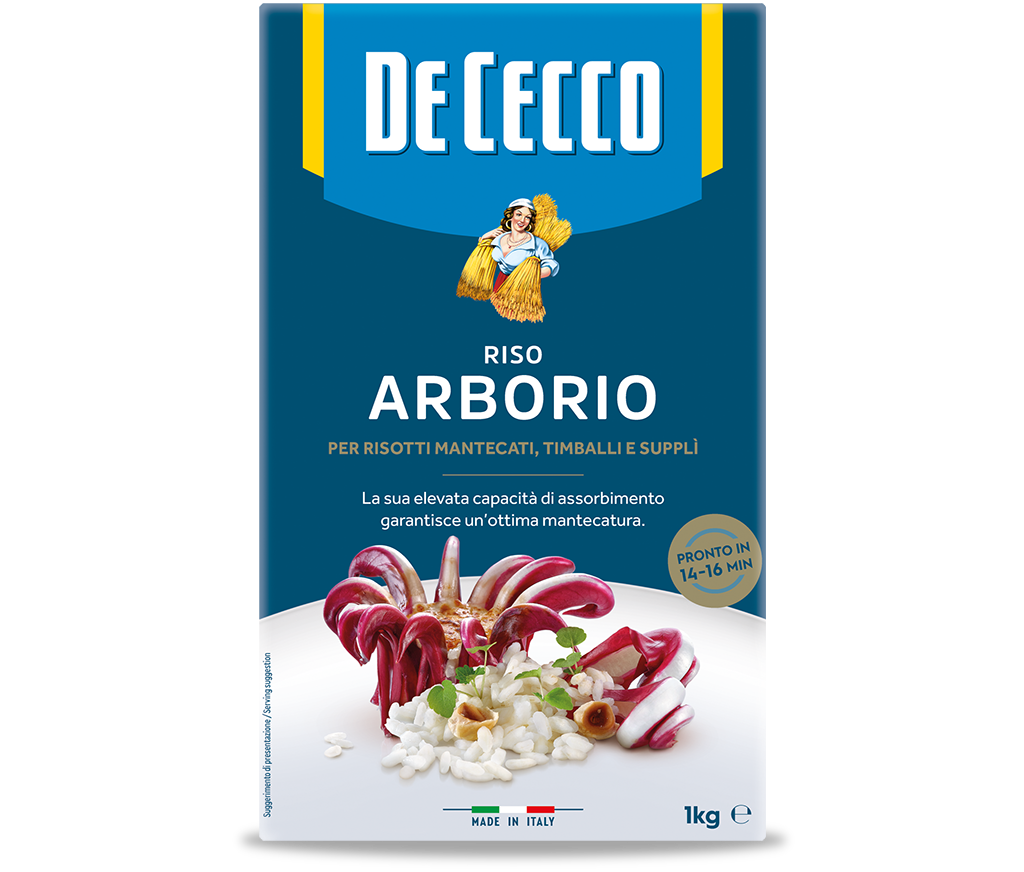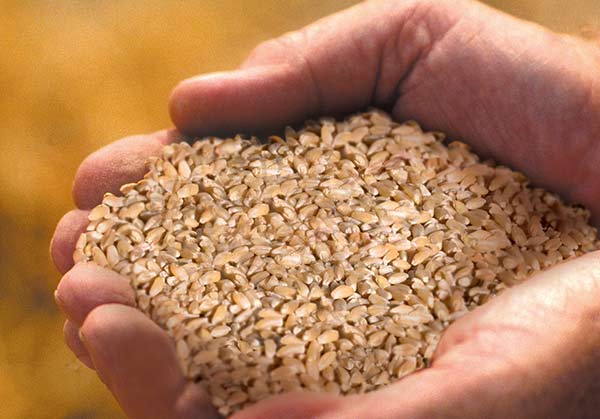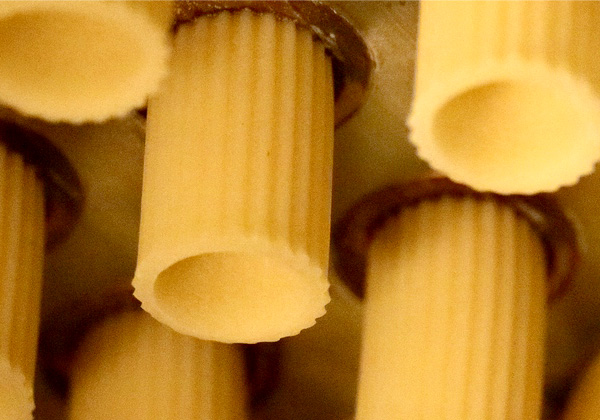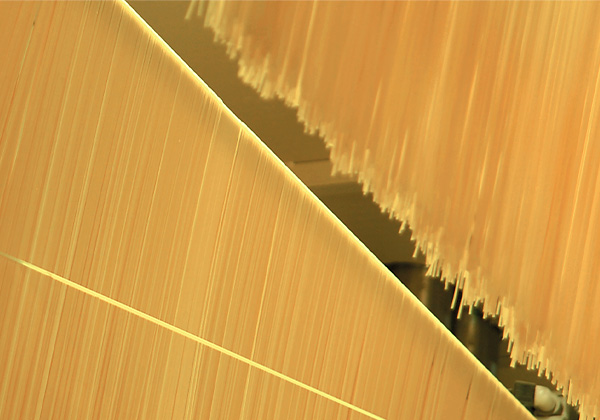Riso Parboiled
The worldwide fame generally attributed to parboiled rice is due to the numerous advantages created by the particular process, “parboiling”, to which the grain is subjected. This is a “precooking” phase that, by modifying the crystalline structure of starch, allows the passage of salts, proteins and vitamins from the surface of the grain to its inner layers. It is particularly suitable for rice salads as, in addition to withstanding slightly longer cooking times while remaining ‘al dente’, it also maintains perfectly separate grains. Parboiled rice is also suitable for pilaf and timbales, as it absorbs less fat when cooking, making it particularly easy to digest.
- Cooking time: 16-14 min
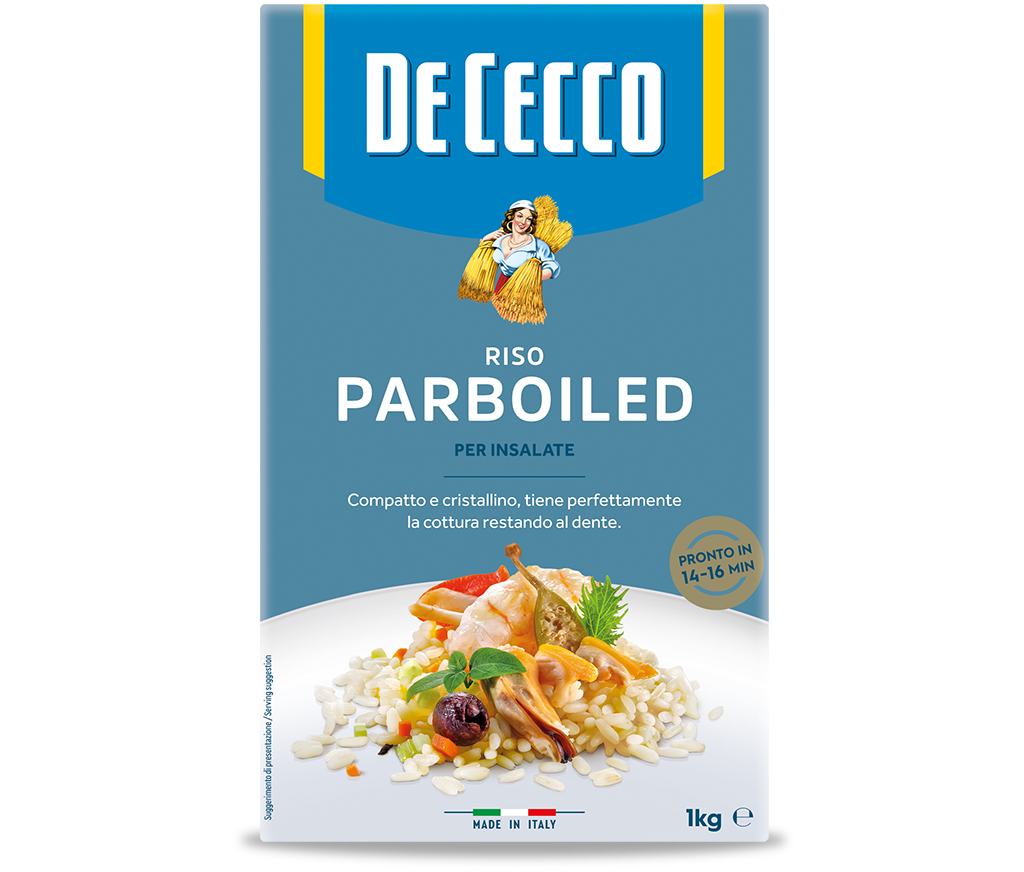
play
Our method
Attention, care, experience, quality at every stage: from our mill to your table.
You may also be interested in
Riso Arborio
This is one of the most popular rice varieties in Italy, thanks to its shape and texture. The plump grain rice maintains its consistency throughout cooking. During cooking, the heat penetrates the most peripheral area of the grain, leaving the central core (rich in starch) ‘al dente’.
This is what makes it suitable for all types of risottos, which can be deliciously creamy, as well as for timbales and ‘supplì’ (Rome’s mozzarella-filled rice croquettes). Arborio rice is named after the town of the same name in Vercelli where it was first selected in 1946, derived from the Vialone cultivar.
Even today, these areas of the Po Valley are the largest producers of Arborio rice.
